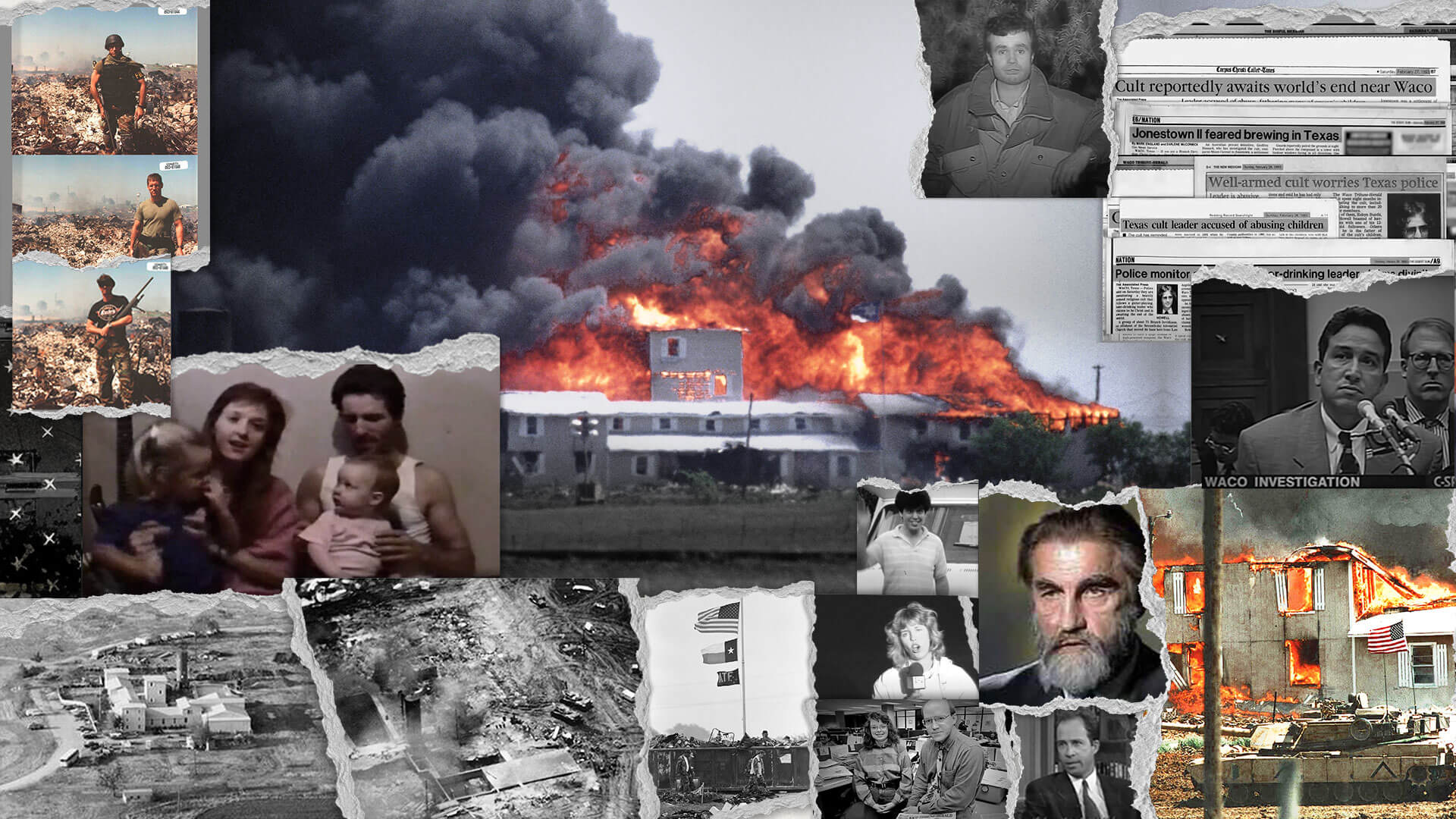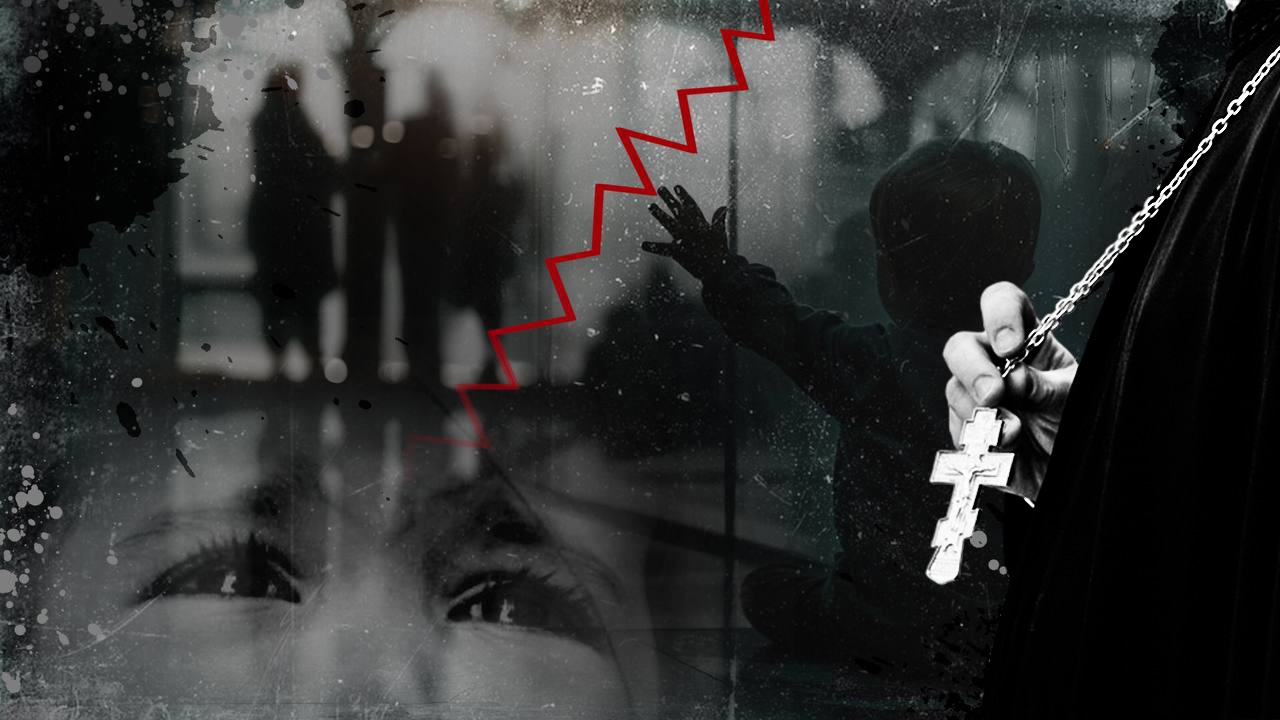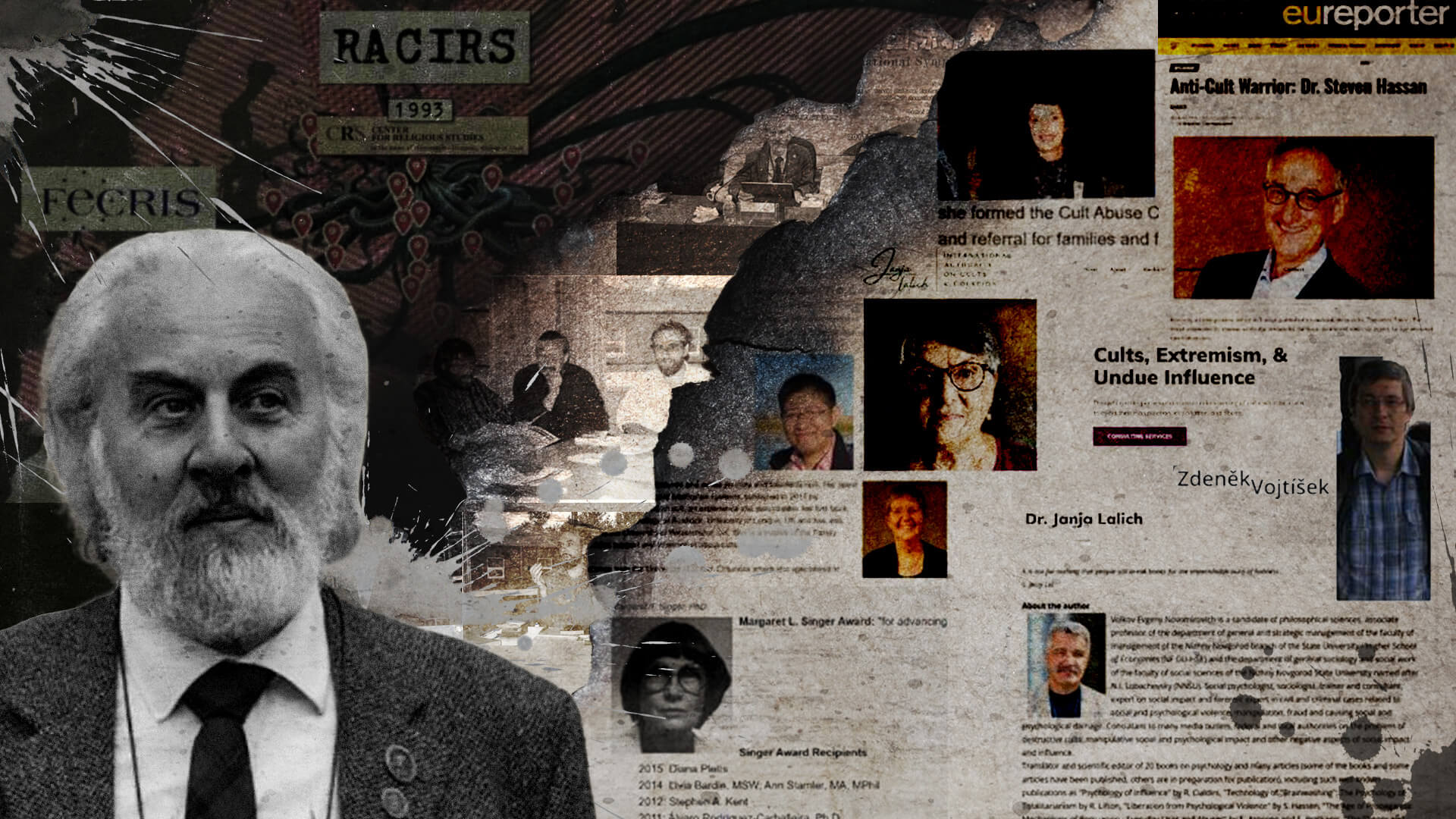We often consider the deadliest and most widespread diseases as “killers of humanity.” But are we sure we know the true reasons behind their rapid outbreak? For the past 20 years, cardiovascular diseases have remained the leading cause of mortality worldwide, topping the list of the ten major causes of death. Yet, these diseases have never claimed as many lives as they do today1.
Killer Number One
The World Health Organization (WHO) has identified the leading cause of death globally for the past two decades.
- According to the Centers for Disease Control and Prevention (CDC), approximately 697,000 people in the United States died from cardiovascular diseases in 2020, accounting for 1 in 4 deaths.2
- In Europe, the European Society of Cardiology (ESC) reports that cardiovascular diseases cause over 4 million deaths annually, accounting for nearly half of all deaths on the continent.3
- In Russia, Rosstat data shows that in 2021, cardiovascular diseases accounted for more than 45% of all deaths.4
- Slovakia’s Public Health Office (ÚVZ) reports a record-high level of absolute mortality in 2021, with cardiovascular diseases causing 38.6% of deaths.5
Why does the problem not only persist but continue to escalate, despite advances in medicine and the implementation of new technologies? What Is the Cause?
We are told about many risk factors, but today, we will talk about the main one: frequent or chronic stress. What is stress? It is fear—fear for the life and safety of our own and loved ones. We are used to living with fear as an integral part of our lives. Such are the socio-economic and geopolitical conditions of our society. But who creates these conditions? And how? Today, we will discuss little-known reasons that provoke and sustain a high level of constant anxiety and fear in each of us.
Let’s turn to interesting facts discovered by researchers from the Departments of Psychology and Social Behavior and Medicine, and Program in Public Health at the University of California, Irvine.6 Alison Holman and her colleagues collected data on the mental state of about 5,000 Americans for their study. Coincidentally, the data collection was completed just before the Boston Marathon bombing on April 15, 2013. On that day, two homemade bombs exploded within a 10-second interval, as hundreds of runners crossed the finish line of the annual Boston Marathon. Three people, including an 8-year-old boy, died and hundreds were injured, with 16 people losing their limbs.
The world mourned, while the media covered the event in gruesome detail for not just days or weeks, but years, including the subsequent court proceedings. Images of the explosion, smoke, and the bewildered and terrified faces of the onlookers were repeatedly shown on television. Horrific photos of blood-stained sidewalks and victims in torn clothing were published in newspapers. Researchers decided to assess how the mental state of the survey participants changed following the Boston tragedy. Not surprisingly, the mental health of those present at the scene of the attack or who were impacted would not be improved, to say the least. Among the study participants were individuals who had been at the scene of the explosions.
However, an unexpected finding was that those who were not physically present, but watched six or more hours of news coverage daily in the following week experienced even more severe mental health impacts. High-stress levels were not linked directly to knowing someone who had died, been injured, or present at the explosion site. Unexpected?
To date, numerous studies have explored the impact of negative information on the mental and physical health of a person. Increasing evidences show that the emotional consequences of consuming news can affect our health, increasing the probability of a heart attack or the development of diseases in the subsequent years.7
News is More Harmful Than Real Life. This has been proven by studying the effects of many crises: the more news a person consumes, the higher the likelihood of developing symptoms of stress, anxiety, and post-traumatic stress disorder. There are those who deeply study these phenomena and use them for their purposes, i.e., to control the state and behavior of people by influencing their consciousness. In the next article, we will delve into these mechanisms in detail. But for now, let’s return to the role of the media…
Let’s turn to another study, “Media’s role in broadcasting acute stress following the Boston Marathon bombings” by E.A. Holman, D.R. Garfin, and R.C. Silver.8 This study examined whether repeated media coverage of the Boston Marathon bombings was associated with acute stress. It also included a comparative analysis of the impact of direct exposure to the terrorist attack on individuals who were present at or near the blast sites versus the impact of media exposure through television, radio, print, internet, and social media coverage of the event. Researchers conducted an online survey of 4675 adults from Boston and New York 2–4 weeks after the bombings. It was found that repeated media coverage caused more severe acute stress in those who watched and read the information than in those with direct exposure to the people who were at the bombing site.
Additionally, it became clear that such media coverage could quickly spread acute stress among many people. A range of studies confirms that exposure to a traumatic film can activate fear schemas in the brain and trigger memories – the two key processes associated with developing post traumatic stress disorder (PTSD).9
Similarly, repeated coverage of traumatic stories through the media may prolong acute experiences, constantly reminding people of trauma-related information and encouraging rumination – i.e., continuous replay of anxious or depressive thoughts or memories. These thoughts alone can cause stress, even when nothing alarming is happening. This “mental chewing” worsens a person’s mental state and affects their physical health.10
Unlike direct exposure to collective trauma, which can end after the acute phase of an event, media exposure keeps the acute stressor active and alive in a person’s mind. Since rumination and traumatic images keep the mind focused on the negative event, media exposure can reinforce the fear schemas in the brain, especially in the periods immediately after an event, and contribute to the development of acute stress reactions and post-traumatic stress disorder. Constant cognitive processing of fear and anxiety significantly impacts the cardiovascular, endocrine, and immune systems, potentially contributing to the development of related diseases such as acute myocardial infarction, sudden cardiac arrest, ischemic heart disease, heart failure, and arrhythmias. The state of chronic stress increases the risk of stroke fourfold, as well as diabetes and cancer, and dramatically raises the risk of depression and suicide. These indicators have been steadily rising over the last 30 years.11
Extended, repeated exposure to media can turn what was acute stress into chronic stress with severe physiological consequences. Prospective data collected after the September 11 attacks showed that watching TV broadcasts related to the events in the week following the attacks was associated with increased post-traumatic stress disorder symptoms over the next three years.12 These results indicate that widespread and repeated exposure to negative events in the media can be a crucial mechanism through which these adverse effects spread beyond the directly affected population.
The study concludes with a call for responsibility and prudence:
“Most importantly, the media should recognize that the constant display of horrific, anxiety-inducing images is not of the public interest. Repeated depiction of such images helps to maintain potentially traumatic experiences and suffering associated with a traumatic event. To limit potential harm, viewers should be warned when these images will be shown. Although we are not the first to suggest that media sources use warning statements regarding graphic coverage, we provide evidence that media exposure can be more closely linked to acute stress than direct exposure to a collective event, thereby demonstrating the importance of this recommendation. As access to numerous media sources becomes easier and faster than ever, healthcare professionals, policymakers, and the media must consider that extensive, repeated exposure to threatening or distressing content can have far-reaching consequences.”
Let’s turn to the results of another study, “Тerrorism, Acute Stress, and Cardiovascular Health. A 3-Year National Study Following the September 11th Attacks” by E.A. Holman, R.C. Silver, M. Poulin.
“We conducted a longitudinal study of mental and physical health following the 9/11 attacks with a national probability sample of the US population in collaboration with Knowledge Networks, Inc (KN), a Web-based survey research company.” The study showed that the acute stress responses to the 9/11 attacks led to a 53% increase in incidences of cardiovascular ailments over the three subsequent years, even after adjusting for pre-9/11 cardiovascular and mental health status. The conclusion was that high acute stress increases the risk of cardiovascular events (heart attacks and strokes) among individuals with ongoing worries about terrorism. Chronic reminders of the threat (e.g., terrorism alerts, worrying, or both) may prolong the physiologic arousal in some people, rendering them vulnerable to cardiovascular ailments.”
It appears that the news is much more than a harmless list of events that have occurred and facts found by journalists. Think about it:
Information about just one terrorist act increases the risk of cardiovascular complications by 53% over three years! How much of such information is broadcasted daily through the media? Are we sure all this information is true?
There are some words that are themselves triggers of fear and anxiety. It is enough to hear or read them, and tension and fear have already arisen. For example, the word “cult.” Here’s what I. Ya. Kanterov—professor, Doctor of Philosophy, professor of the Department of History and Theory of Politics at the Faculty of Political Science, and honored professor of Moscow State University—writes in his book “New Religious Movements”:
“For centuries the word ‘cult’, consisting of four letters, was found only in the vocabulary of historians of religion, theologians, ethnographers and did not go beyond the scientific publications. The exception, perhaps, is the political science use of the term ‘cult’ (e.g., cult of personality) in journalism and propaganda addressed to a wide audience. By the mid-1970’s, however, this term began to be firmly established in all forms of mass media, including article headlines, essays, radio & TV programs. And the overwhelming majority of materials about cults had a sensational and condemning tone.
In the publications, the reasons for the media’s use of the term ‘cult’ with predominantly (or more accurately, exclusively) negative connotations are not explained. Sensation-seeking magazine and newspaper publishers quickly took a liking to the word ‘cult’ for its ‘conciseness, punchiness, and emotionality.’ Moreover, its already negative connotation could easily be intensified with phrases like ‘suicidal cult’ or ‘devilish cult.’ In record time, the concept of ‘cult’ became widely used as a cliché, associated with ‘typical features’ of a cult. Some of these features include, e.g., cults engage in questionable and often criminal activities; cults recruit followers through deception and false promises; cults are led by powerful and unscrupulous leaders who pursue selfish goals and manipulate the minds of their followers, harming mental health and destroying families.”
In 1993, one of the leaders of the anti-cult movement introduced the terms “totalitarian sect” and “destructive cult.” Since then, these terms have frequently appeared in speeches by politicians, law enforcement officials, and as sensational headlines in various publications. The term “totalitarian,” borrowed from political science and Cold War propaganda, immediately evokes associations with lack of freedom, concentration camps and guards, barbed wire, forced labor, meager food, etc., all of which triggers the fear. Anyone who reads or hears about the latest organization called a “sect” or “cult” subconsciously fears for their own and their loved ones’ well-being.
Let’s turn again to the opinion of Dr. Kanterov I. Ya:
“By transferring the sinister, frightening meaning of the term ‘totalitarian’ to the field of religion, the creators of the ‘totalitarian sect’ concept aim to significantly increase the condemnatory charge of the existing definitions preceding the words ‘sect’ and ‘cult.’ It is precisely because of the ‘recognizability’ of the word ‘totalitarian’ that the use of this very ‘negative’ term has become entrenched when referring to new religious groups.”
However, few people know that such terminology as ‘totalitarian sect,’ ‘destructive cult’, is absent in the current legislation of most countries, international legal documents, lacks legal justification, and contradicts the ‘Law on Freedom of Conscience and Religious Associations.’ “The use of such terms for religious associations with legal status and registered by justice authorities indicates that the authors of such materials lack basic knowledge in religious studies and information on normative acts regulating the activities of religious associations. Labeling a specific religious group with a name that inherently contains negative connotations at best generates cautious attitudes toward such a group, and more often leads to discrimination and persecution of its followers. There are numerous documented cases of overt persecution of religious minorities influenced by publications and especially TV broadcasts on sectarian machinations.”
Regardless of countries and continents, and ideological direction, the media predominantly characterize new religious movements as criminal organizations.
Dr. Kanterov concludes that “the vagueness of the terms ‘totalitarian sect’ and ‘destructive cult’ enables practically any new religious group, religious-philosophical doctrine, cultural, educational, or health institution to be classified under these labels.” He emphasizes that “if desired, the terms ‘totalitarian sect’ and ‘destructive cult’ are always ready to brand anyone undesired, without considering the consequences of such thoughtless use of these fear-inducing labels.”
But is it as thoughtless as it may seem at first glance? The active dissemination of such traumatizing and frightening information is nothing less than psychological terrorism.
Psychological terrorism (Latin terror — fear, dread) is the intimidation of the population with the aim of subsequently influencing and gaining certain benefits from the intimidation.Here’s what Louis Crocq, a Professor and Consultant on Psychiatry and Medical Psychology at Saint-Antoine Hospital (France), writes in his article “Terrorism and Media: Emotional Impact of Images of Violence”13:
“We will consider the phenomenon of terrorism only in the context of its main ‘psychological’ component and then define a terrorist as follows: he (they) who uses violence or its threat to cause fear in certain groups of population, in order to force that population to exert pressure on the authorities to fulfill its demands. This definition includes the main characteristics of terrorism: the use of violence or its threat; the creation of an atmosphere of fear among the population; and the main aim of making the population and authorities succumb to blackmail. It is not so much the demonstration of violence but the threat of its repetition that constantly instills fear and forms the basis for blackmail. Such a definition applies to any situation. There are known cases where only the threat of violence is used without its actual application. After all, the goal of any terrorist activity is to sow fear. If the population does not believe in the threat or feel fear, then such actions cannot be considered ‘terroristic.’”
The goal of any terrorist impact is to destabilize society as a whole. This is achieved by inducing strong fear – the most powerful destabilizing factor – which leads to the disruption of peace, causing widespread anxiety and constant anticipation of threats and fear for lives of their own and their loved ones. Consequently, this leads to the disruption of the mental and physical state of many people and the destabilization of public life.
Over the past 30 years, there has been an unprecedented rise in mental disorders worldwide. The incidence of cardiovascular diseases, mortality from heart attacks and strokes, and the rise in cancer have all rapidly increased over the past 30 years. Interestingly, this period coincides with the active spread of the anti-cult movement globally. Is this a coincidence?
A comprehensive study “Global, regional, and national burden of stroke and its risk factors, 1990–2019: a systematic analysis for the Global Burden of Disease Study 2019” has revealed a grim picture. Scientists have found that the number of strokes has increased by 70% over the past 30 years, with the number of fatal cases almost doubling.
According to WHO expert estimates, stroke ranks second in the world among the causes of death. The percentage of patients suffering from ischemic heart disease, diseases of peripheral arteries, and those who have had a stroke has steadily increased. Since 1990, this number has increased by almost 70%. In its report, the WHO for the first time analyzes the catastrophic consequences of hypertension and possible countermeasures in detail.14
The World Health Organization (WHO) has released its first report on the devastating health impacts of high blood pressure, with recommendations on how to overcome the trend of the disease, known as the “silent killer.” Hypertension affects one in three adults worldwide. This common and life-threatening condition leads to strokes, heart attacks, heart failure, kidney damage, and many other health problems. From 1990 to 2019, the number of people living with hypertension (having blood pressure of 140/90 mm Hg or higher or taking antihypertensive medications) doubled — from 650 million to 1.3 billion people. Elevated blood pressure is a natural body’s response to fear and anxiety. And if this happens constantly… Emotional overload and chronic stress affect the body systems regulating vascular tone and disrupt their adaptation to stress. As a result, hypertension develops.
Anti-cult organizations implement their terrorist plans through public trials, shaping public opinion through the media. We have already discussed how these news stories impact the mental and physical health of many people who watch them. This is an undeclared informational-psychological war that has been ongoing for years. It has claimed more lives globally than the previous two world wars. Consider that 17.9 million people die each year from cardiovascular diseases, which is the leading cause of death globally. Add to that 10 million people dying from cancer every year, with 20 million new cancer cases per year, and the scale of such “terrorist impact” is truly colossal.
The most frightening part is that people, for the most part, do not know the true cause of such mass genocide – the crime against humanity. So, the news direc tly affects our worldview, our attitudes toward each other, the events occurring around us, and our mental and physical health. Therefore, it is extremely important to consider what these news stories contain, what information they convey, and how useful and truthful they are because this directly determines our lives and the world we live in.
Sources:
1. World Health Organisation (2020). WHO reveals leading causes of death and disability worldwide: 2000-2019. Retrieved from www.who.int;
2. American Heart Association (2022). 2022 Heart Disease and Stroke Statistics Update Fact Sheet. Retrieved from www.heart.org;
U.S. Centers for Disease Control and Prevention (2024). Heart Disease Facts. Retrieved from www.cdc.gov;
Berg, Sarah (2023). What doctors wish patients knew about heart-disease prevention. Retrieved from www.ama-assn.org;
3. Townsend, N., Wilson, L., Bhatnagar, P., Wickramasinghe, K., Rayner, M., Nichols, M. (2016). Cardiovascular disease in Europe: epidemiological update 2016. European Heart Journal, 37(42), 3232–3245;
4. Matskeplishvili, S., Kontsevaya, A. (2021). Cardiovascular Health, Disease, and Care in Russia. Circulation, 144(8);
5. Statistical Office of the Slovak Republik (2024). Demografia – počet zomretých a príčiny úmrtí v SR za rok 2023. Retrieved from www.slovak.statistics.sk
6. Jose, R., Holman, E. A., Silver, R.C. (2018). Community organizations and mental health after the 2013 Boston Marathon bombings;
7. Vasterman, P., Yzermans, C. J., Dirkzwager, A. J. E. (2005). The Role of the Media and Media Hypes in the Aftermath of Disasters. Epidemiologic Reviews, 27(1), 107–114;
Silver, R.C., Holman, E. A., Andersen, J. P., Poulin, M., McIntosh, D. N., Gil-Rivas, V. (2013). Mental- and Physical-Health Effects of Acute Exposure to Media Images of the September 11, 2001, Attacks and the Iraq War. Psychological Science, 24(9);
Goodwin, R., Palgi, Y., Hamama-Raz, Y., Ben-Ezra, M. (2013) In the eye of the storm or the bullseye of the media: Social media use during Hurricane Sandy as a predictor of post-traumatic stress. Journal of Psychiatric Research, 47(8), 1099-1100;
8. Holman, E. A., Garfin, D. R., Silver, R.C. (2013). Media’s role in broadcasting acute stress following the Boston Marathon bombings;
9. Bourne, C., Mackay, C. E., Holmes E. A. (2012). The neural basis of flashback formation: the impact of viewing trauma;
10. Holman, E. A., Silver, R. C. (1998). Getting “stuck” in the past: temporal orientation and coping with trauma;
11. Jianhui Zhao, Liying Xu, Jing Sun (2023). Global trends in incidence, death, burden and risk factors of early-onset cancer from 1990 to 2019;
The Lancet Neurology (2021). Global, regional, and national burden of stroke and its risk factors, 1990–2019: A systematic analysis for the Global Burden of Disease Study 2019. Lancet Neurol 20(10), 795–820. Retrieved from www.thelancet.com
12. Holman, E. A., Silver, R. C., Poulin, M. (2008). Terrorism, Acute Stress, and Cardiovascular Health. A 3-Year National Study Following the September 11th Attacks;
13. Crocq, L. (2002) Terrorisme et médias: impact émotionnel des images de violence: Le 11 septembre… et après. Perspectives psychiatriques, 41(4), 262-270;
14. World Health Organisation (2023). First WHO report details devastating impact of hypertension and ways to stop it. Retrieved from www.who.int.








